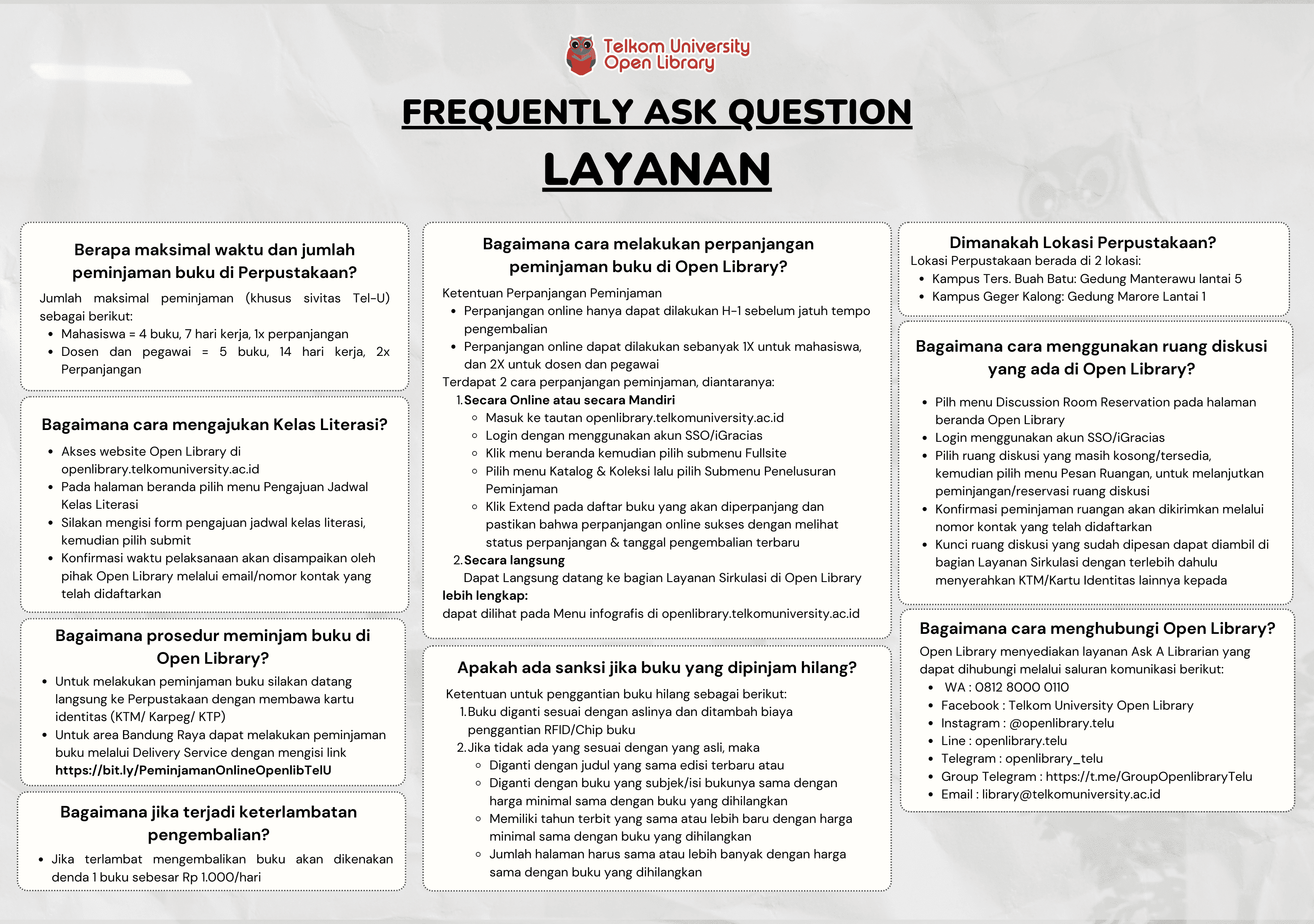ANALISIS MEKANISME ROUTING PROTOCOL RIPNG DAN OSPFv3 DAN PERBANDINGAN PERFORMANSINYA UNTUK LAYANAN VIDEO
PRISCILLA REZKI SARI MAHARANI

Informasi Umum
Kode
111108088
Klasifikasi
004.6 - Data communications, computer communications
Jenis
Karya Ilmiah - Skripsi (S1) - Reference
Subjek
Jaringan Multimedia
Dilihat
294 kali
Informasi Lainnya
Abstraksi
ABSTRAKSI: Perkembangan teknologi jaringan komputer dewasa ini semakin pesat seiring dengan kebutuhan masyarakat akan layanan yang memanfaatkan jaringan komputer. Salah satu jenis layanan yang bisa diakses dengan memanfaatkan teknologi jaringan komputer adalah video. Pada system jaringan komputer, protokol merupakan suatu bagian yang paling penting. Protokol jaringan yang umum digunakan adalah IPv4 (Internet Protocol version 4). Namun seiring berjalannya waktu alokasi alamat yang dimiliki IPv4 tidak mencukupi lagi sehingga dikembangkanlah IP Next Generation atau yang lebih dikenal dengan sebutan IPv6 (Internet Protocol version 6). Untuk dapat menggunakan jaringan IPv6 maka dibuatlah protokol-protokol routing baru diantaranya adalah RIPng (Routing Information Protocol next generation) dan OSPFv3 (Open Shortest Path First version 3). Kedua Routing Protocol tersebut dipilih karena keduanya memiliki perbedaan yang mendasar yakni RIPng merupakan Distance Vector Routing Protocol sedangkan OSPFv3 merupakan Link State Routing Protocol.<br><br>Dalam tugas akhir ini dianalisis mekanisme dari kedua Routing Protocol tersebut dalam menentukan rute dan membandingkan performansinya terhadap layanan video yang disimulasikan menggunakan OPNET (Optimized Network Engineering Tool) dengan skenario penggunaan link dengan kecepatan yang sama dan dengan kecepatan yang berbeda. Performansi pada layanan video dianalisis berdasarkan parameter-parameter jitter, delay, packet loss, dan throughput.<br><br>Pada penelitian ini didapatkan hasil bahwa RIPng menentukan rutenya berdasarkan jumlah hop sedangkan OSPFv3 berdasarkan perhitungan bandwidth. Sedangkan untuk performansinya dalam layanan video, kedua routing protocol tersebut tidak memiliki perbedaan yang signifikan. Saat penggunaan link yang sama, RIPng memiliki throughput yang lebih besar sekitar 2 paket bila dibandingkan dengan OSPFv3. Sementara packet loss, delay, dan jitter-nya lebih kecil dibanding OSPFv3. Pada saat menggunakan link dengan kecepatan yang berbeda, OSPFv3 lebih unggul dalam hal delay, karena memilih rute dengan link yang lebih cepat. Dari hasil tersebut dapat disimpulkan bahwa kedua routing protocol tersebut seimbang dalam hal performansinya karena perbedaan yang didapat tidaklah terlalu signifikan.Kata Kunci : IPv6, RIPng, OSPFv3, Video, OPNETABSTRACT: Today the development of computer network technology is increasing rapidly in line with community needs for services that utilize computer networks. One type of service can be accessed by using computer network technology is the video. On a computer network system, the protocol is a most important part. Commonly using network protocol IPv4 (Internet Protocol version 4). But over time, the allocation of IPv4 addresses that have not sufficient anymore, so developing an IP Next Generation or better known as IPv6 (Internet Protocol version 6) is the solution. To be able to use the IPv6 network then made a new routing protocols include RIPng (Routing Information Protocol next generation) and OSPFv3 (Open Shortest Path First version 3). Both routing protocol were chosen because they have fundamental differences that RIPng is a Distance Vector Routing Protocol, while an OSPFv3 Link State Routing Protocol.<br><br>In this final project, the mechanism in determining the route was analyzed and also compared the performance of video services that were simulated using OPNET (Optimized Network Engineering Tool). The scenarios are using the link with the same speed and the different speed. Performance is analyzed based on the video service parameters jitter, delay, packet loss, and throughput.<br><br>In this research showed that RIPng determine the route based on the number of hops while OSPFv3 based on the calculation of bandwidth. While for the performance in video services, the both of routing protocol do not have significant differences. When using the same link speed, RIPng has a greater throughput of about 2 packets when compared to OSPFv3. While packet loss, delay, and jitter is smaller than OSPFv3. When using a different link speed, OSPFv3 is superior in terms of delay, because choosing a route with a faster link. From these results it can be concluded that the routing protocol is balanced in terms of the performance due to the difference obtained is not very significant.Keyword: IPv6, RIPng, OSPFv3, Video, OPNET
Koleksi & Sirkulasi
Tersedia 1 dari total 1 Koleksi
Anda harus log in untuk mengakses flippingbook
Pengarang
| Nama | PRISCILLA REZKI SARI MAHARANI |
| Jenis | Perorangan |
| Penyunting | IMAN HEDI SANTOSO, Indrarini Dyah Irawati |
| Penerjemah |
Penerbit
| Nama | Universitas Telkom |
| Kota | Bandung |
| Tahun | 2012 |
Sirkulasi
| Harga sewa | IDR 0,00 |
| Denda harian | IDR 0,00 |
| Jenis | Non-Sirkulasi |




















